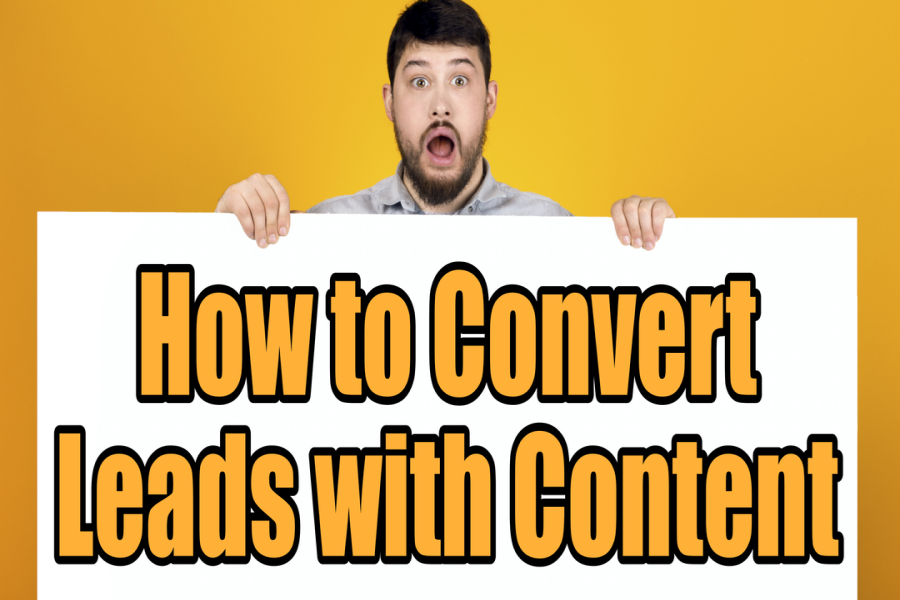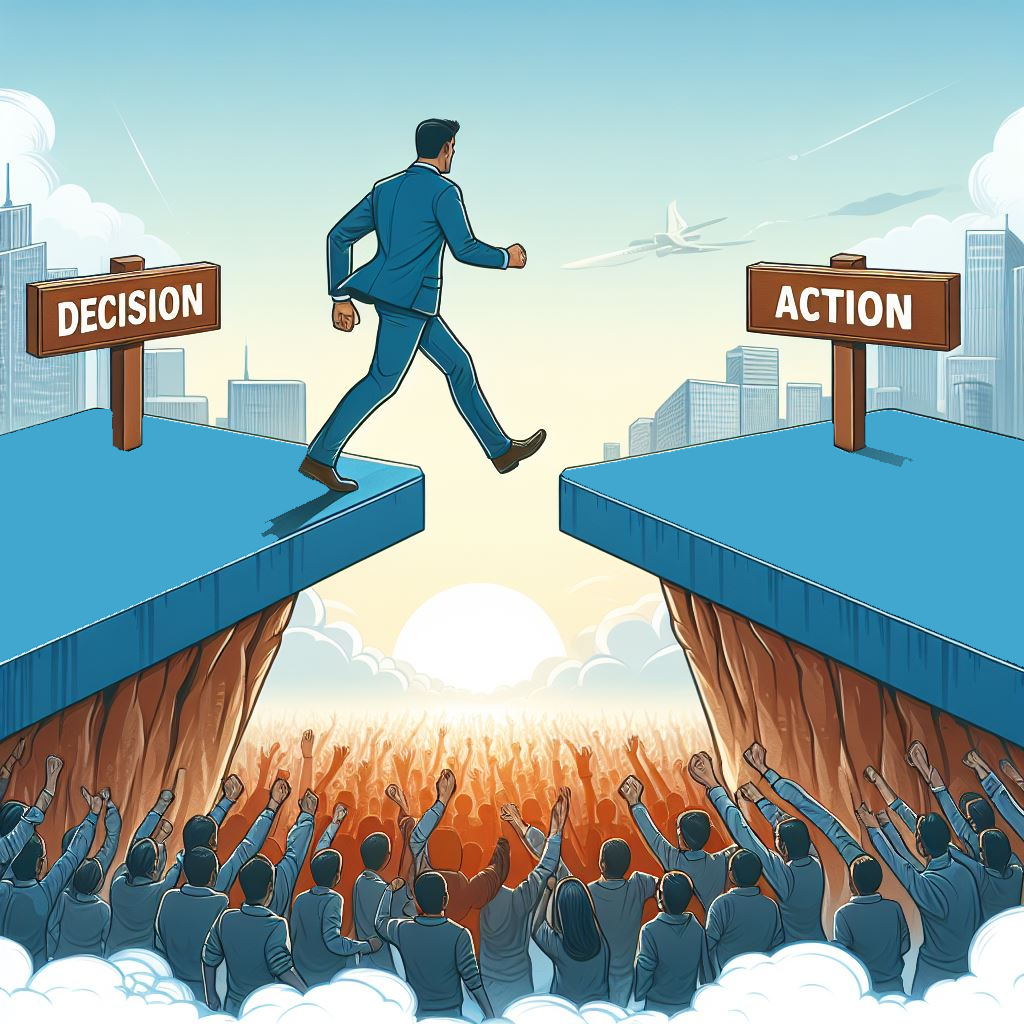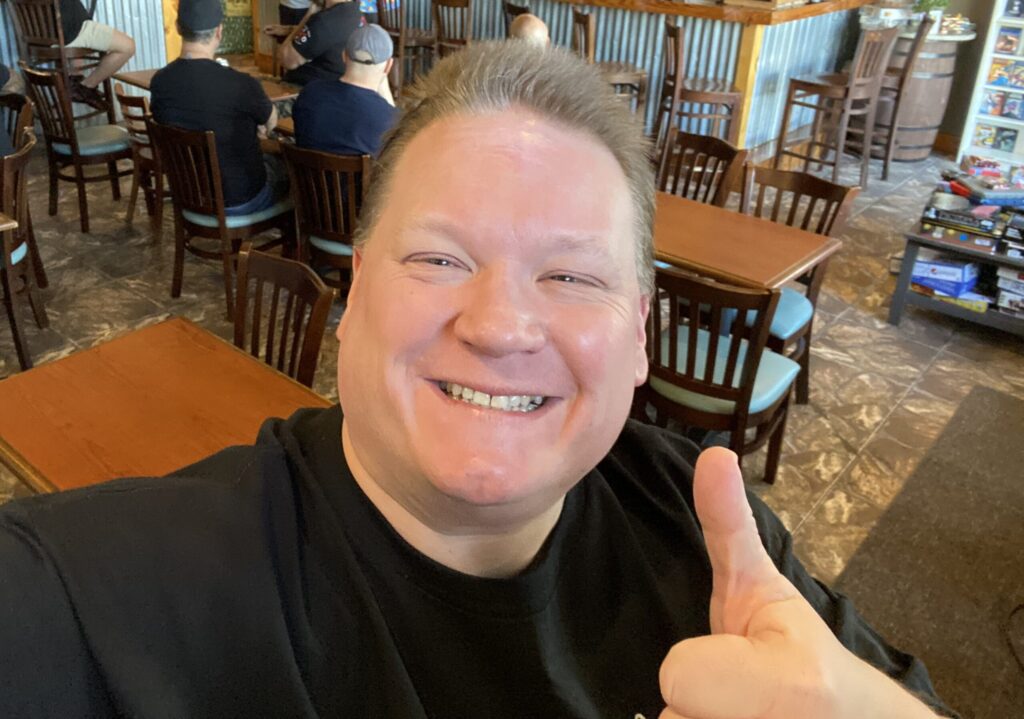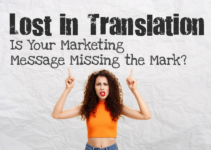The concept of a sales funnel might seem like just another buzzword tossed around in marketing meetings.
Yet, this concept is far from new or fleeting; it’s foundational to understanding how your audience moves from being aware of your brand to becoming loyal customers.
For those of us who’ve witnessed the evolution of marketing from print ads and cold calls to blogs and social media, the principle remains unchanged—it’s all about guiding potential customers through their buying journey.
What Exactly IS the Sales Funnel?
Imagine a funnel—the kind you might use in the kitchen. At the top, it’s wide, accommodating a large volume of liquid that narrows down to a focused stream at the bottom. The sales funnel works similarly but with potential customers.
At the top (Awareness stage), many potential customers become aware of your product or service. As they move down the funnel, through the Interest and Decision stages, the initial broad audience narrows down to those who are considering purchasing. Finally, at the narrowest part of the funnel (Action stage), customers make the purchase decision.
Importance of Understanding the Sales Funnel
For content marketers, especially those of us who’ve navigated the transition from traditional to digital marketing, understanding each stage of the sales funnel is crucial. It’s not just about generating a high volume of traffic; it’s about attracting the right kind of traffic at the right time and guiding them towards making a purchase. This journey isn’t linear—each customer’s path can vary, but the funnel provides a framework for creating targeted content that addresses the needs of potential customers at each stage.
Stages of the Sales Funnel: AIDA
Awareness: The customer becomes aware of a need or problem and discovers your brand as a potential solution. Content at this stage should focus on providing valuable information or insights related to their problem, without a hard sell. Think educational blog posts, infographics, and videos.
Interest: Now that you’ve caught their attention, it’s time to nurture that interest. The content should start to introduce your product or service as a solution, providing more detailed information and highlighting benefits. Ebooks, webinars, and detailed guides work well here.
Decision: The customer is seriously considering your product or service among their options. Here, content should help differentiate your offering from competitors and reassure the customer of their decision. Case studies, testimonials, and product comparisons are key.
Action: The final push towards making a purchase. The content should encourage the customer to take action, offering special deals, free trials, or consultations. The goal is to make the purchase process as easy and attractive as possible.
In every stage, content plays a pivotal role in moving leads through the funnel. From sparking initial awareness to nurturing interest, helping in decision-making, and finally encouraging action, your content is the guide that gently leads potential customers towards choosing your product or service. Understanding and optimizing your content for each stage of the sales funnel isn’t just beneficial—it’s essential for converting leads into loyal customers in today’s digital marketplace.
Stage 2 of the Sales Funnel: Cultivating Interest
After laying the groundwork in the Awareness stage, it’s time to shift gears toward deepening the interest of your potential customers. At this juncture, your aim is twofold: to educate your audience about what you offer and why it matters, and to start building a genuine relationship with them. This stage is where you begin to convert casual onlookers into engaged prospects.
The Heart of the Matter: Educate and Engage
Remember, folks at this stage have moved beyond mere awareness; they’ve shown a glimmer of interest. Now, it’s your job to fan those flames. How? By offering them rich, valuable content that not only informs but also entertains and engages.
Types of Content That Hit the Mark
eBooks: These aren’t just longer blog posts; they’re opportunities to delve deeper into topics your audience cares about. Craft them well, and they can position you as a trusted authority.
Webinars: The beauty of webinars lies in their dual ability to educate and interact with your audience in real-time. Plus, they offer the added bonus of personal connection, allowing you to answer questions on the fly and get immediate feedback.
In-Depth Blog Posts: Think of these as your chance to address your audience’s pain points, queries, and curiosities in detail. The goal? To leave them feeling smarter and more informed than they were before.
Email Newsletters: The unsung heroes of content marketing, newsletters keep your audience updated and engaged with a mix of news, insights, and personal stories.
Strategies for Deepening Interest
Content Personalization: Gone are the days of one-size-fits-all content. Use what you know about your audience to tailor your content to their interests, needs, and stage in the buyer’s journey.
Nurture Leads with Email Marketing: Email isn’t just about sending offers. It’s a powerful tool for storytelling, sharing insights, and gently guiding your prospects closer to a decision.
Engaging Storytelling: Everyone loves a good story. Use storytelling to connect on a personal level, share customer success stories, and demonstrate the real-world impact of your product or service.
Measuring Success: The Metrics That Matter
Email Open Rates: High open rates indicate that your subject lines are resonating, and your audience is interested in what you have to say.
Time Spent on Site: This metric gives you an idea of how engaging and compelling your content is. The longer your visitors stay, the more interested they likely are.
Content Downloads: If your eBooks, whitepapers, or guides are being downloaded, you’re hitting the mark. Each download is a step closer to a well-informed decision.
Remember, at this stage, you’re not just sharing information; you’re building a relationship. It’s about showing your potential customers that you understand their needs and have the expertise to meet them. By focusing on educating your audience and engaging them with personalized, compelling content, you’re setting the stage for deeper connections and, ultimately, decisions that favor your brand.
Keep in mind, the journey through the Interest stage is a marathon, not a sprint. It’s about consistent, genuine engagement that nurtures your leads, making them feel valued and understood. With the right approach, you’ll not only capture their interest but also their trust, paving the way for a deeper relationship and, eventually, a decision to choose your product or service.
If you’ve found value in this guide, chances are you know someone else who will too. Don’t keep the good stuff to yourself—pass it on. Sharing is not just caring; it’s how we help each other grow. Spread the knowledge, and let’s all move forward together.
ABOUT THE AUTHOR
Robert Sean Pascoe is a direct response copywriter and marketing strategist who works with entrepreneurs worldwide to create advertising and marketing campaigns that MAXIMIZE their profits.
He LOVES Rock N Roll, old school pro wrestling, Star Wars and pretty much ANYTHING 1980’s.
With 7 years of freelance copywriting experience and a lifetime in sales, Robert knows how to use the power of words to sell virtually anything to anyone, especially if the market has been properly defined (and you BETTER have that right!).
Robert enjoys primarily working with small business owners to sell more of their products and services through the power of direct response advertising and marketing.
He has written sales copy for companies in such diverse niches as Weight Loss Supplements, Skin Care, Male Enhancement, Local Marketing Agencies, Live Event Seminars, Software Developers, Insurance Agencies, Real Estate Brokerages, Marketing Consultants, and many, many more.








